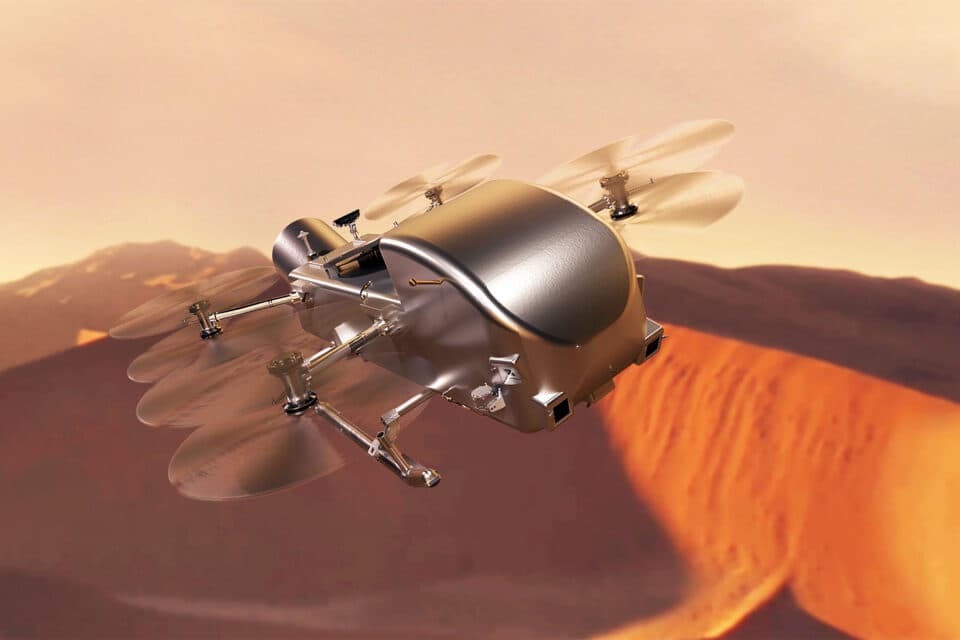NASA approved the Dragonfly mission to explore Saturn’s moon Titan. This allows the mission to move forward with building and testing the spacecraft and its instruments. The Dragonfly mission led by Dr. Melissa Trainer will investigate the chemistry of Titan using a tool called the Dragonfly Mass Spectrometer (DraMS).

Titan is Saturn’s largest moon and has an atmosphere rich in nitrogen and methane, similar to Earth’s. It also has lakes and seas of liquid hydrocarbons on its surface. The mission aims to understand if Titan’s chemistry could support life or prebiotic chemistry similar to early Earth.
Titan’s surface hides a subsurface ocean of liquid water and ammonia, potentially hosting microbial life. The Dragonfly rotorcraft will use Titan’s low gravity and dense atmosphere to fly between different areas of interest on the moon’s surface.
The Dragonfly mission successfully passed its Preliminary Design Review in early 2023. However, due to funding constraints, the mission was asked to develop an updated budget and schedule. The revised plan, presented and conditionally approved in November 2023, hinged on the outcome of the fiscal year 2025 budget process.
The mission’s budget was initially challenged due to various factors, but it has now been confirmed with a total cost of $3.35 billion and a launch date set for July 2028. Despite the challenges, NASA remains committed to the Dragonfly mission and has provided additional funding for a heavy-lift launch vehicle to shorten the mission’s cruise phase.
Leave a Reply